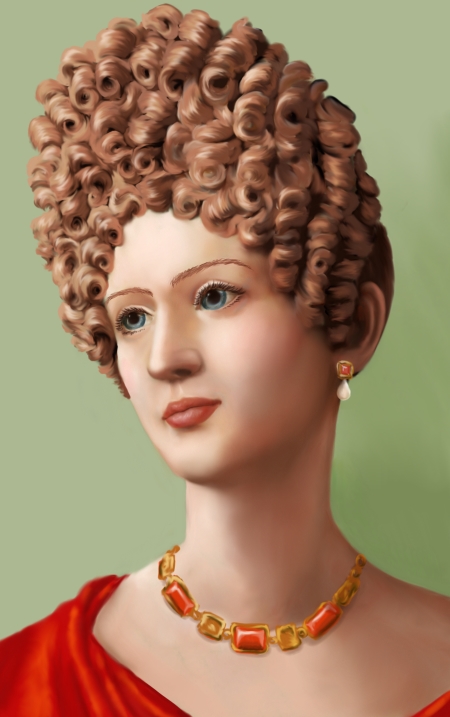

The portraits of Vespasian’s son, Titus, continue the veristic trend. Along with his decision to complete the temple of the divine Claudius, left unfinished by Nero, Vespasian’s portraiture allies his dynasty with an admired figure of the past and defines him not as a usurper, but as an heir to the better aspects of the Julio-Claudian tradition. Like the rusticated columns Claudius had designed for the Porta Romana, his portraits innovatively combine the rough and the smooth–the aging emperor’s unflattering physical defects are depicted while the broad outlines of the Augustan model are retained.įlavian portraiture essentially reiterates the Claudian formula: images of Vespasian, Titus, and, to a lesser extent, Domitian are naturalistically individualized but also have shared facial features. With his bald head, hooked nose and wrinkles on display, there was little chance of associating him with his Apollonian predecessors.Īt the same time that Vespasian strove to distance himself from Nero, he carefully avoided the appearance of usurpation by associating himself with the most recent acceptable Julio-Claudian, the deified Claudius. Whereas the Augustan portrait type is coolly composed and detached, with the mouth turned slightly downward and the head turned to the left (both conventions of Hellenistic portraiture), Vespasian’s effigy faces the viewer straight on and smiles broadly. To emphasize his particular strengths and abilities, Vespasian revived the naturalistic, highly-individuated portrait style of the republic.

That distance is clearly communicated by Vespasian’s official state portraits, which, in general, rejects the idealized and depersonalized Hellenism favored by Augustus and his successors. To consolidate his power and legitimate the new Flavian dynasty, Vespasian assiduously distanced himself from his predecessor wherever possible. Titus Flavius Vespasianus assumed the throne in AD 69 after a year of civil war precipitated by the forced suicide of Nero and the collapse of the Julio-Claudian dynasty. There is evidence that the sculpture has been in the collection since 1753, but it was probably part of the group of marble works located in the Hall of Inscriptions since its inauguration at the beginning of the 18th century.Vespasian, c. The origin of the marble is uncertain, although it has been suggested that it was purchased in 1581 by Cardinal Ferdinando de' Medici. Perceived by historiography as a negative model, especially due to accusations of incest with her father's younger brother, Prince Domitian, Julia thus served as a symbolic figure of the Flavian dynasty. From birth, she had been at the centre of the propaganda of the House of Flavia, and she was elevated to the status of Augusta during her lifetime, and deified after her death by her uncle, Domitian. The portrait has been identified as Julia, daughter of Titus, also due to the great fame of this matron. However, it was already known from the portraits of Matidia the Elder, Sabina's mother, and her grandmother Marciana, the sister of Emperor Trajan, portrayed on coins between 112 and 120 AD. This last detail can be compared with the so-called turban or roll hairstyle, dating to between 128 and 139 AD, which recurs in the portraits of Vibia Sabina, wife of emperor Hadrian. The hairstyle consists of a low toupee of semi-circular curls that frame the forehead, and a bun of wavy locks at the back, which has been partially restored. The facial features, however, deviate from the canon of the Flavian princesses, appearing closer to certain portraits of Antinous, Hadrian's favourite. The sculpture depicts an unknown lady, identified by the inscription on the pedestal as Iulia Titi, that is, Julia, daughter of Emperor Titus, the second emperor of the Flavian dynasty (79-81 AD).


 0 kommentar(er)
0 kommentar(er)
